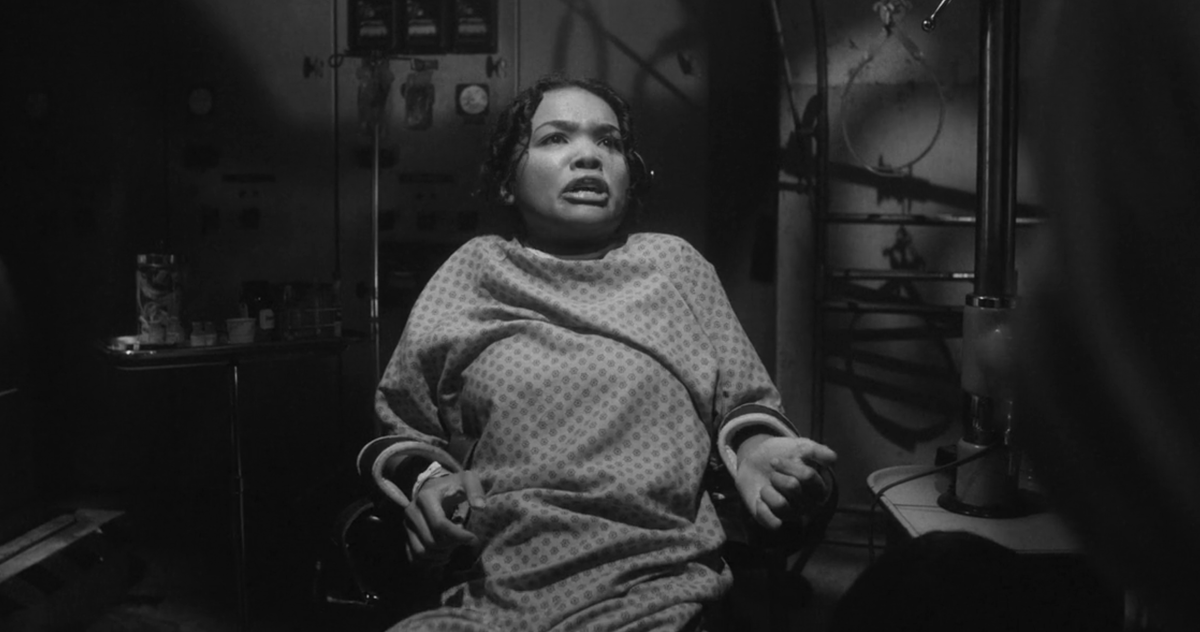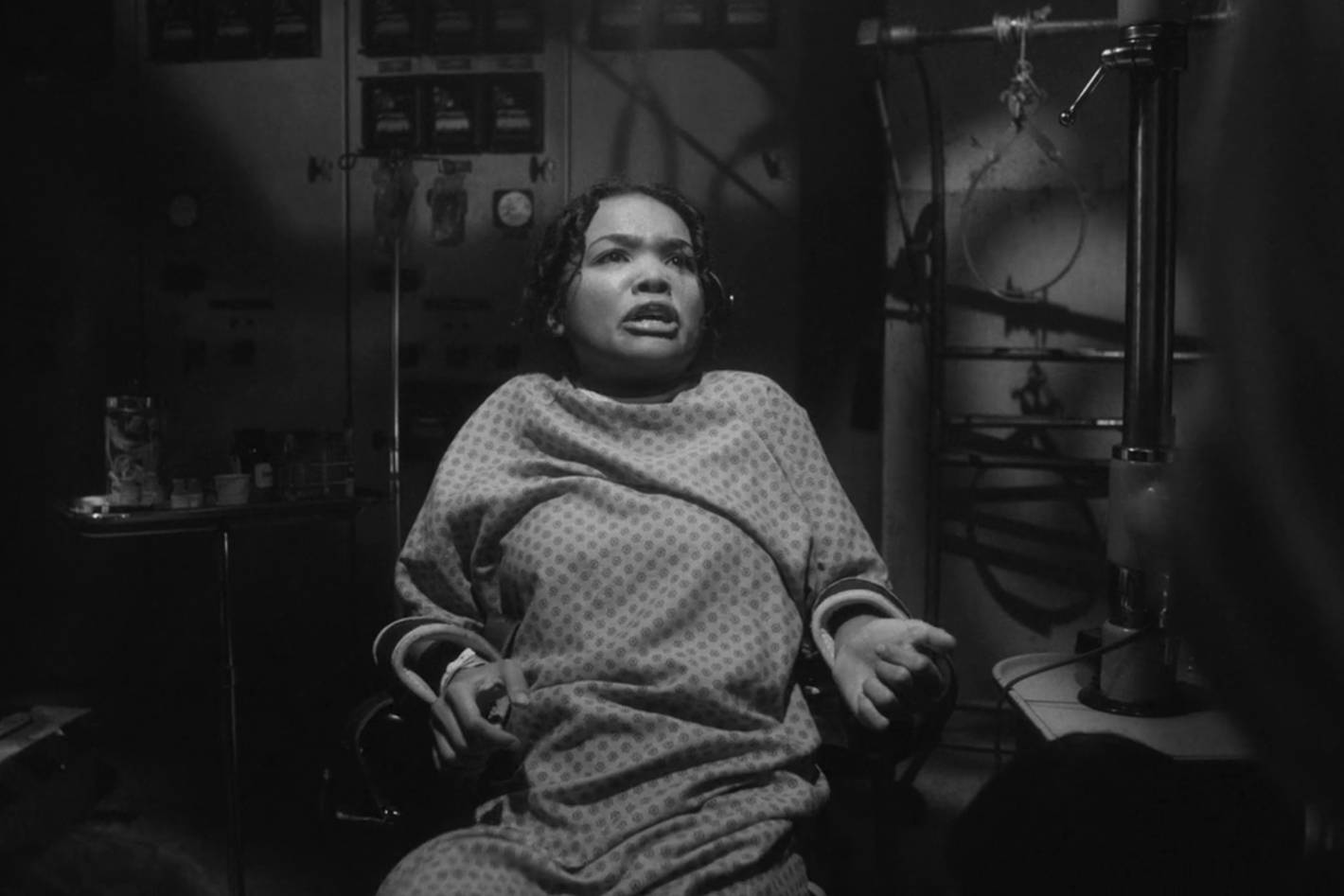The Five Best American Horror Stories
From Bloody Mary to stolen kidneys, Ryan Murphy’s anthology series mines urban legends for twisty new horror stories.


This list was originally published on October 27, 2023. It has been updated to include an episode from the second half of American Horror Stories season three.
When American Horror Stories launched in July 2021, it felt like a product of the pandemic, a cheap-and-easy way to tide fans over while production stalled on Ryan Murphy’s proper cult hit American Horror Story. Why not go back to some of the grisly ideas that never found their way into an installment of AHS and give them the anthology treatment with the kind of limited productions that COVID necessitated? Bring in some fan favorites from the Murphyverse, like Matt Bomer, Billie Lourd, Dylan McDermott, Denis O’Hare, and many more, and the thing practically writes itself. It helps that the most common complaint of AHS critics is that seasons of the show, especially lately, seem to run out of ideas before the finale. What if there was no finale?! As is the case with pretty much every anthology show, the run of American Horror Stories has been rocky, but the third season, which just dropped a five-episode second half on October 15, reveals a show that seems to actually be gaining in confidence, especially with its inspired casting. We went through all 24 episodes of Stories to date and picked out the five must-watches so far, episodes that exceeded expectations and transcended their twists to become the best of the best, presented chronologically.
“Drive In” (Season 1, Episode 3)
It helps to get a horror legend involved with a show like this one, and the first standalone episode of American Horror Stories after the frustrating two-part “Murder House” tie-in that opened the series includes none other than Adrienne Barbeau, star of genre classics like The Fog and Swamp Thing. The stunt casting of Barbeau is fun, but this is one of the best episodes of Stories because of its concept and another memorable guest star in Freak Show, all-around great character actor John Carroll Lynch. The actor plays a horror director who, rumor has it, once made a film so terrifying (called Rabbit Rabbit) that it could drive people so insane that mass violence would ensue in the aisles of the theater. When a drive-in schedules a screening of the banned film, a young man named Chad tries to stop it. The urban legend of a movie so shocking that it permanently damages those who see it has been a part of the underground of horror forever, and it’s fun to see the new spin that AHS puts on it with the episode’s twist ending. Maybe streaming really will be the end of us all.
“BA’AL” (Season 1, Episode 5)
Anthology series like The Twilight Zone and Black Mirror often get a lot of mileage from the episodes that feature the best performers — that’s definitely the case with this season-one standout anchored by Murphyverse veteran Billie Lourd. The star of the last six chapters of American Horror Story brings truth to her performance as Liv, a woman who has been trying desperately to get pregnant. When the latest attempt fails, she takes a totem from a receptionist of what is supposed to be a fertility god. Of course, she ends up pregnant shortly thereafter, but she starts seeing visions of the demon Ba’al after the baby is born. The final twist that turns “BA’AL” into a gaslighting cautionary tale is a bit goofy, but Lourd even sells that unexpected turn, bringing us into Liv’s existence as if it’s real. There’s also just nothing more terrifying than the idea of seeing something impossible on a baby monitor. Creepy.
“Bloody Mary” (Season 2, Episode 5)
The second season of American Horror Stories saw the writers of the FX/Hulu show unearthing some common urban legends with their own twists, such as the “Killer in the Backseat” and this season-best episode with a concept almost everyone on Earth first heard about around a campfire. We all know the deal here. Say Bloody Mary’s name in the mirror the right number of times and she will appear, usually with murder on her mind. However, writer Angela L. Harvey gives the legend of Bloody Mary a cultural twist by tying it to Mami Wata, an African goddess. In injecting an international element into Bloody Mary, Harvey finds new life in the legend, and her narrative is anchored by a fantastic performance from Oscar nominee Quvenzhane Wallis (Beasts of the Southern Wild) as a teenager who gets caught up in Mami Wata’s spell.
“Organ” (Season 3, Episode 4)
The quartet of episodes released for the third mini-season ended with a banger, another blending of a classic urban legend with a modern issue. In this case, toxic masculinity gets merged with the urban legend of an underground that steals kidneys and leaves people in bathtubs. Raul Castillo (Looking) is excellent as a player who sets up an online date with a mysterious woman played by Emily Browning (Sucker Punch). When he wakes up with a bandage over his abdomen, the bad news is that one of his organs is gone — the worse news is that it’s been replaced by something else and the doctors have no idea what it is. With fun performances from Castillo, Browning, Havana Rose Liu (Bottoms), and Laila Robins (The Walking Dead), this is an episode only slightly hampered by a rushed ending, but it’s also one of the most stylish and funniest chapters so far. It almost feels like it could be a whole season of AHS. Maybe someday it will.
“X” (Season 3, Episode 7)
Whoever decided to cast the eternally optimistic Henry Winkler as a sadistic doctor in a Ryan Murphy project deserves a raise. While the Barry star is great here, the episode actually belongs to Mia Isaac and the terrifying Amy Ruggiero as an escaped patient named Alice Taylor, who appears at a hospital one night in a ragged state, unable to close her mouth. Looking more like something out of The Walking Dead than anything else, Alice is one of the most unforgettable visions of AHS, someone caught between life and death. Isaac’s nurse learns that Alice was a part of an experimental program run by Winkler’s mad scientist, but it’s the way “X” is shot that gives the story life, in stark black-and-white that allows it to feel more like classic horror than anything else in the run of the series. It’s easily the standout of a relatively weak crop of episodes in the back half of season three.
Related








